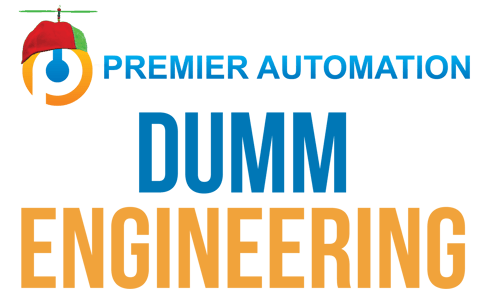
3D printing is a form of additive manufacturing that allows for quick and easy prototyping of components to speed up a design process. While there is still a lot of work that goes into making a part, it is much faster than sending the work elsewhere, and allows the creator to have a full-sized model in hand in a few hours.
To 3D print something, first it must be modeled in CAD software. This naturally requires access to and some experience in using CAD software, but depending on the complexity of the part, it can easily be drawn. After modeling is completed, it is loaded into a slicing software. This software tells the printer what temperatures to run at, what level of detail to print, and how to support the model during printing. When all software is loaded, the system is ready to print.
To print the part, the printer feeds plastic filament through a hot extruder nozzle, melting and dispensing the material in specific locations to build the model from the ground up, layer by layer. As the material cools, it solidifies into its spot on the part. As layers build up, extra material can be used to support the model in places where there’s nothing to print on top of. When the printing is complete, the part is cleaned up by removing any supports and is ready for use.
Materials that can be used in 3D printing include thermoplastics, nylon, UV resins, and even metals such as stainless steel and tungsten. The cost of a printer depends on the printing material type and the quality of the printer. In the case of many basic plastic parts, they can be made for only a few dollars’ worth of material. Printing a part a few times to make sure it is right before ordering a better version can save a significant amount of money in rework, as well as time associated with making those changes.
At Premier, we 3D print parts to quickly get a working prototype, and check that a design meets fit and function requirements before sending it out to be manufactured. Without this benefit it can end up requiring more work or is made of a more expensive material. While the other piece is being made externally, the 3D printed piece might also work in the system temporarily. We also utilize 3D printed fixtures to help support and machine complex parts in-house. This rapid prototyping saves us time building our projects which gives us more testing time to perfect our projects.
Interested in learning more? Contact one of our technology experts today!




